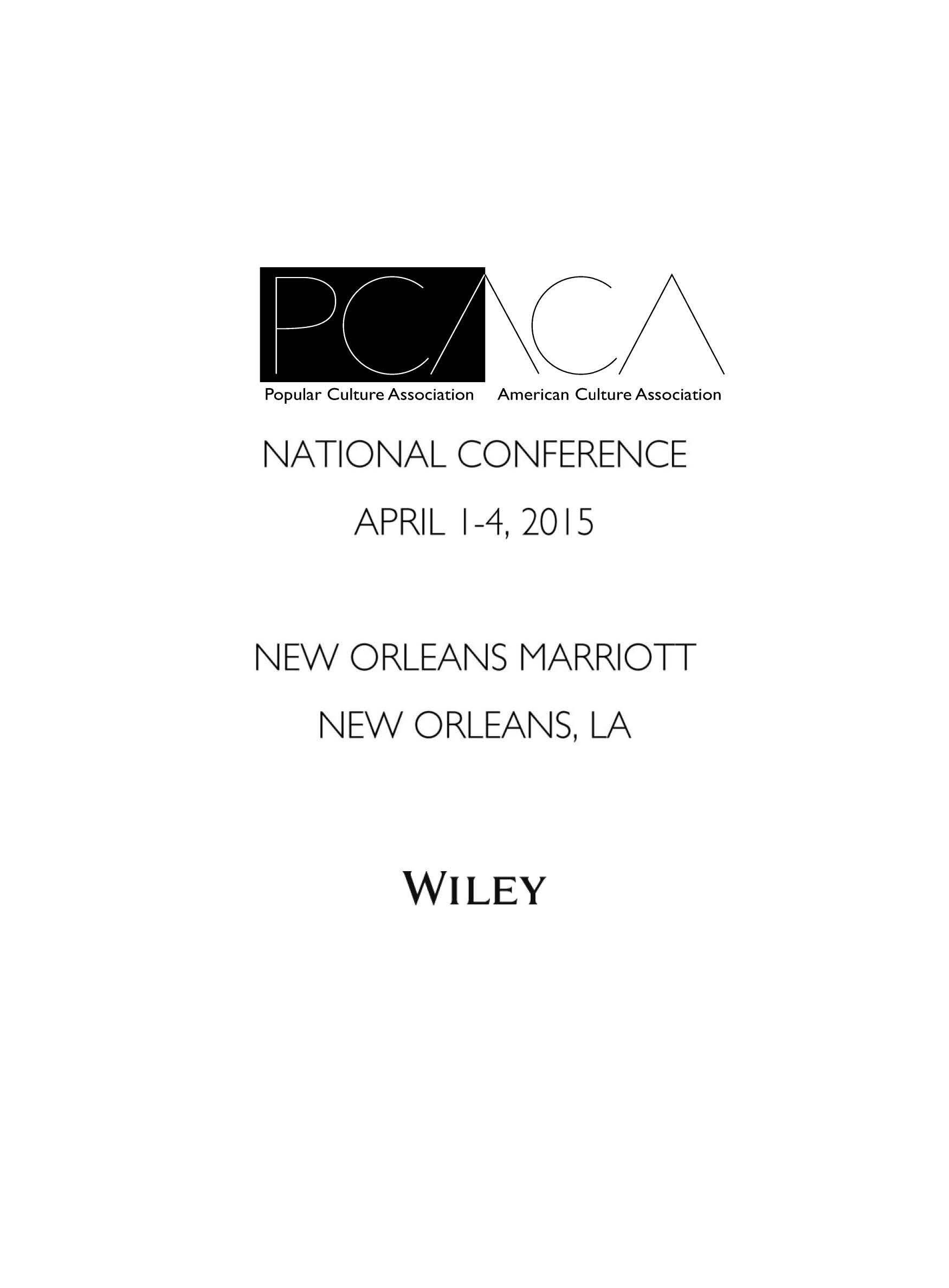
Don Draper, Walter White, and Frank Underwood: Characteristics of the New Antihero
Artman, N.
PCA/ACA 2015 Annual Conference
April 2015, New Orleans, LA
An antihero is a main character within a story that noticeably lacks the traditional noble and moral qualities of a hero. This brand of protagonist dates back to the original Greek dramatists. Today, the antihero rises in popularity. Just to name a few, Breaking Bad, Mad Men, and House of Cards all use the immoral character as their main antihero. Collectively, the three cable dramas won 35 Primetime Emmys out of 174 nominations. So what makes them so popular? Zillmann and Cantor’s (1976) Affective Disposition Theory (ADT) poses one possible explanation. ADT states viewers of such media make moral judgments about characters, which affect their enjoyment of the story (Shafer, & Raney, 2012). These judgments allow the user to decide if a character is a hero, villain, or antihero. At its core, morality plays a large role in ADT. Through media, such as television, viewers develop real emotional connections to characters within a story. Raney (2006) states users form relationships with characters and their media-enjoyment varies depending on what happens to the characters in the narrative. Horton and Wohl (1956) identify this as a parasocial relationship. The purpose of this presentation is to conduct an ethical analysis of the lead, male protagonists of Breaking Bad, Mad Men, and House of Cards to identify their ethical perspectives in an attempt to uncover the characteristics of the new antihero.
